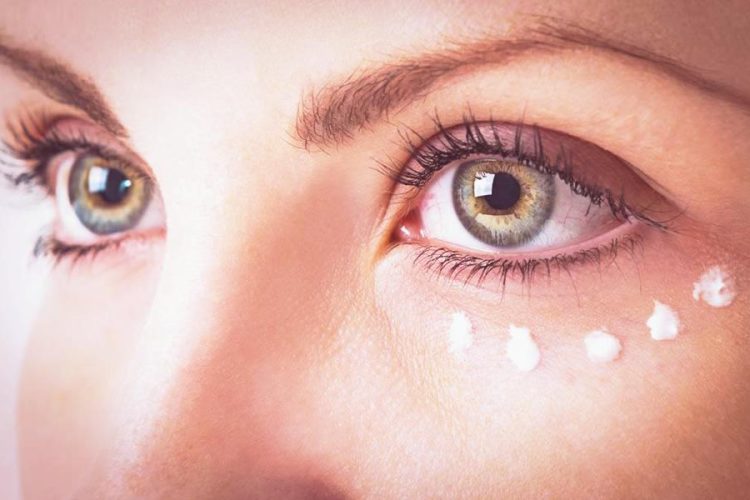Eyelid surgery, or blepharoplasty, improves eye look and function. Proper recuperation is essential for cosmetic or vision-related eyelid surgery. A smooth healing process eliminates difficulties, speeds recovery, and provides long-term advantages. You should follow your doctor’s recommendations and take care of yourself psychologically and physically. How to succeed after blepharoplasty.
After Surgery: What to Expect
Knowing what happens following surgery helps temper expectations. After surgery, frequent effects include:
- Bruising and swelling around eyes
- A little pain or tension
- Temporary hazy vision
- Light sensitivity
- Wet or dry eyes
These symptoms normally disappear in 1–2 weeks. Many people return to normal activities sooner than several months after full recuperation.
First 48 Hours Aftercare
The first two days matter most. Rest and pamper.
Key hints:
- Even while sleeping, elevate your head.
- Reduce swelling with 10–15-minute cold compresses per hour.
Avoid eye rubbing.
- Take painkillers as indicated.
- Carefully follow your surgeon’s recommendations.
- Avoid bending, lifting, or vigorous movement that increases facial blood flow.
Controlling Pain and Swelling
Common but mild swelling and pain.
Try these steps:
- Cold compresses—especially in the first 48 hours
- Hydrate to eliminate toxins and promote recovery.
- Eat fish, berries, and leafy greens to reduce inflammation.
- Avoid salt to decrease swelling and fluid retention.
- Only take recommended drugs.
Wear dark sunglasses outside to protect sensitive eyes from sun and wind.
Activity-Rest Balance
Light activity improves circulation, but rest is essential.
Do:
- Walk slowly indoors after 2–3 days.
- Sleep using a pillow to elevate your head.
- After one week, resume light everyday activities.
Avoid:
- Heavy lifting
- At least 2–3 weeks of cardio or vigorous exercise
- Swimming until medical clearance
- Follow your body. Stop and rest if uncomfortable.
Care for Incisions
A surgeon may apply tiny stitches that dissolve after 5–7 days.
For incision healing:
- Gently wash with sterile water or saline.
- If prescribed, apply antibiotic ointment.
- Avoid cosmetics until cleared.
Keep it dry.
Avoid picking scabs or healing tissue to avoid scarring.
- Call Your Doctor When
- Minor symptoms are typical, but some require immediate medical attention:
- Eye pain suddenly or severely
Vision loss/change
- Too much bleeding or pus
- Fever or infection
- Contact your surgeon immediately if these occur.
- Healthy Habits for Healing
Your actions outside of direct care effect healing.
Maintain healthy practices like:
- A balanced diet
- Not smoking or drinking
- Getting adequate rest
- Minimizing stress
These acts strengthen your immune system and aid healing.
Conclusion
A smooth eyelid surgery recovery requires careful care, rest, and surgeon counsel. Maintain aftercare procedures, avoid physical strain, and eat well. While little discomfort is natural, immediate action is necessary when something is wrong. You can heal quickly and have long-lasting blepharoplastybenefits with the appropriate strategy.

